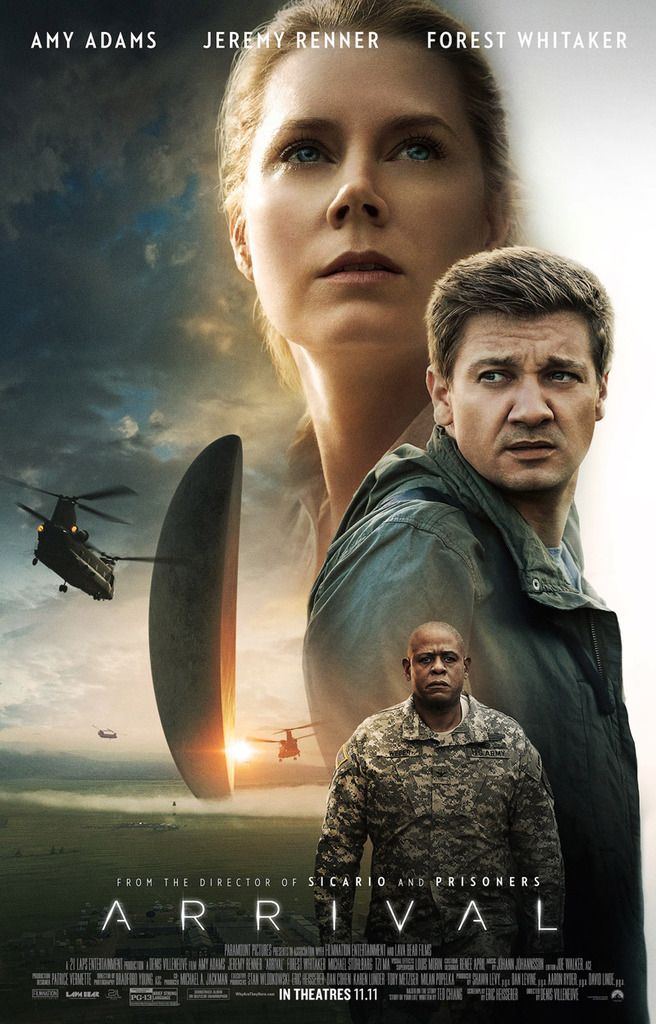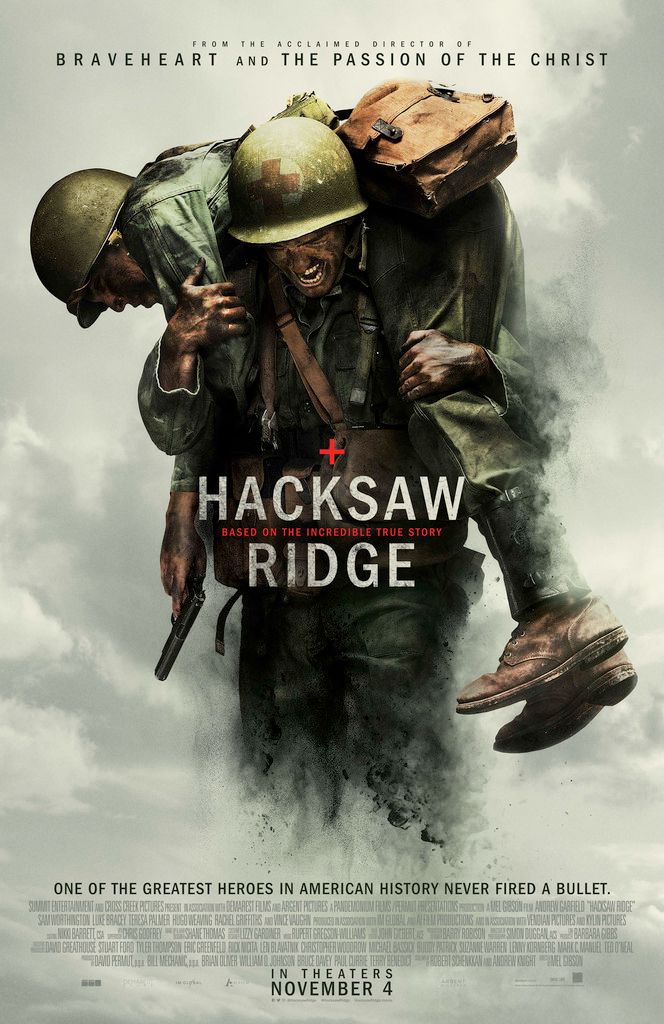Hollywood loves alien movies, be
it the apocalyptic mayhem of a full blown invasion from outer space or the idea
that aliens are harmless and virtually everything in between. From ‘War of the Worlds’ to ‘Invasion of the
Body Snatchers’ to ‘Close Encounters of the Third Kind,’ aliens have been
portrayed as brutal conquerors to sinister infiltrators
to benevolent beings who just needed our help to go home (not just ‘ET’ but
‘Starman’ and ‘Paul’). Just when you
think you’ve seen them all, along comes ‘Arrival,’ French-Canadian auteur Denis
Villeneuve’s fascinating and rather introspective look at how we might realistically
react and behave in a “First Contact” scenario.
Based on Ted Chiang’s Nebula
Award-winning novella “Story of Your Life,” ‘Arrival’ centers on linguistic
professor Dr. Louise Banks’ (Amy Adams) attempt to communicate with “Abbot” and
“Costello,” two Heptapod alien creatures whose highly advanced giant elliptical
spaceship hovered above the plains of Montana.
Along with theoretical physicist Ian Donnelly (Jeremy Renner), she was
tasked by the US government to determine what the aliens want. The
simplicity of the question belies its very complexity in execution, as Louise
and Ian try to decipher the aliens’ highly complex and enigmatic written
language and come up with a way to effectively communicate with them.
If you’re expecting the typical
dumbed-down alien fare we’ve seen all too often from Hollywood, you will no
doubt be disappointed. Quiet and
poignant in tone, ‘Arrival’ is a hard sci-fi film that’s cerebral and deep,
delving not only into the scientific but also the metaphysical. Like 1997’s ‘Contact,’ ‘Arrival’ seeks to
answer some of our most pressing questions through the personal experience and
journey of its main protagonist as opposed to simply provide mindless
entertainment.
Grade: A
Grade: A



